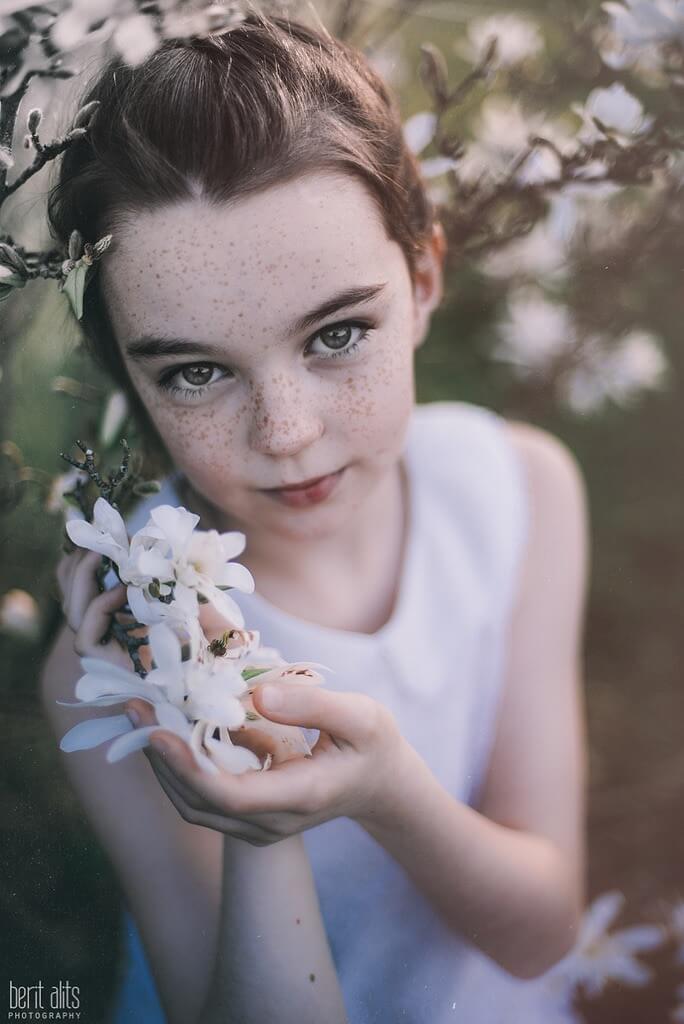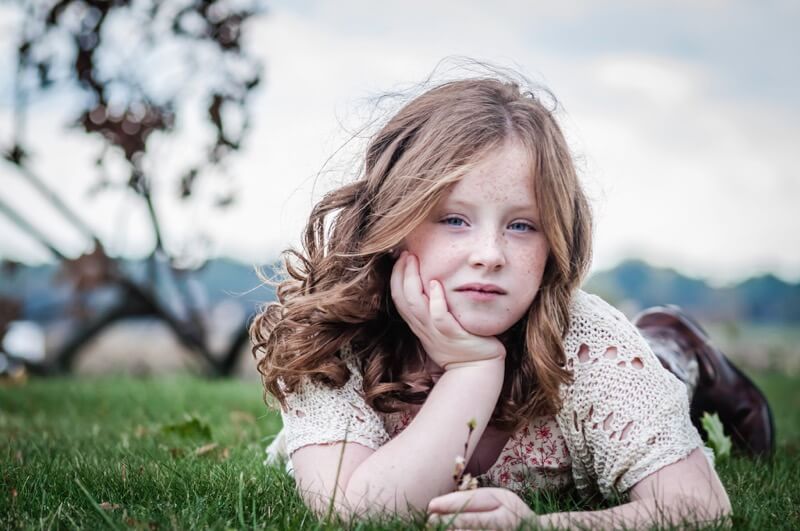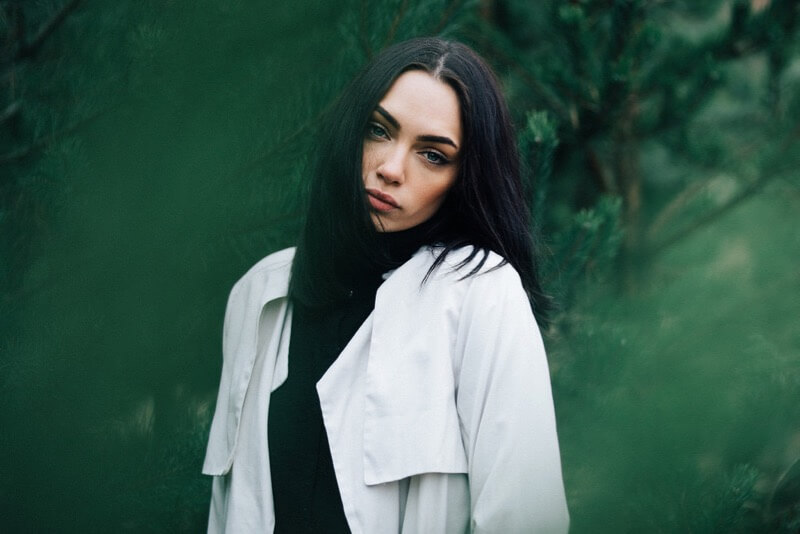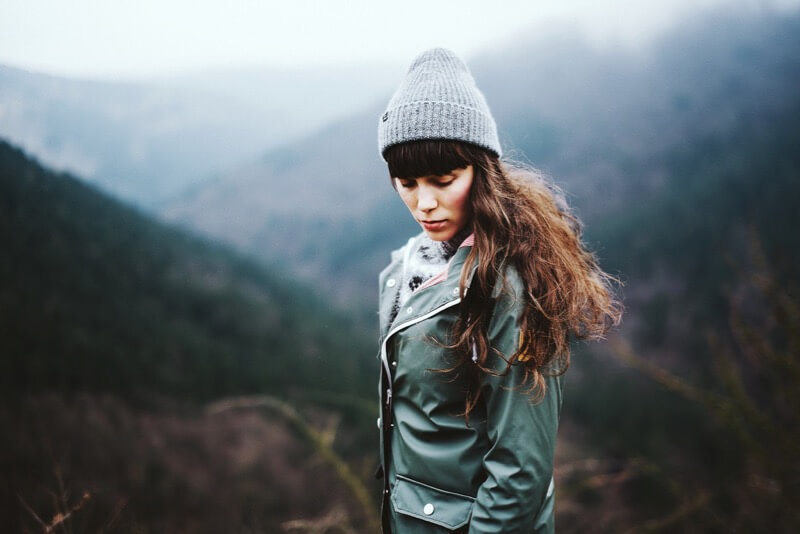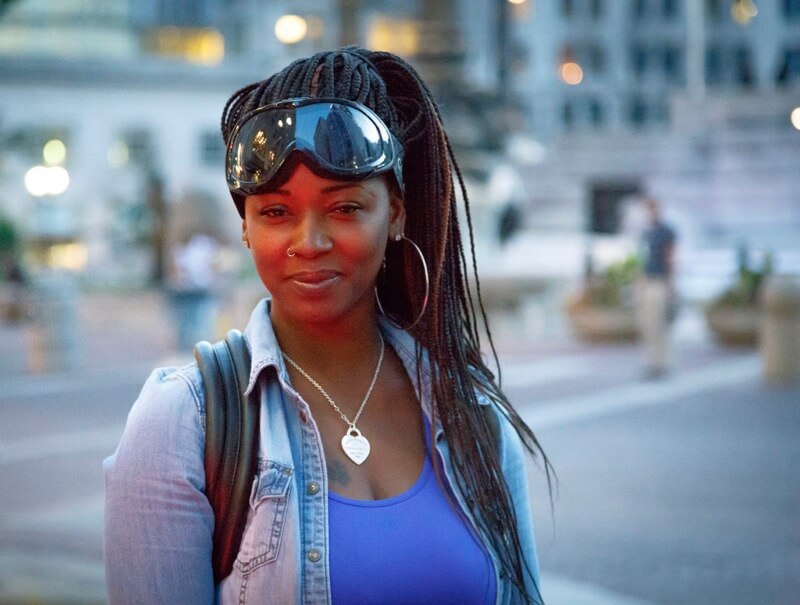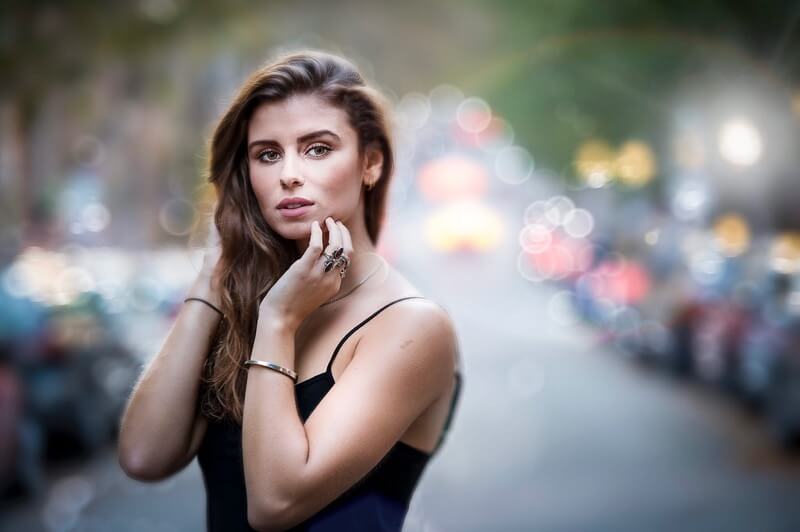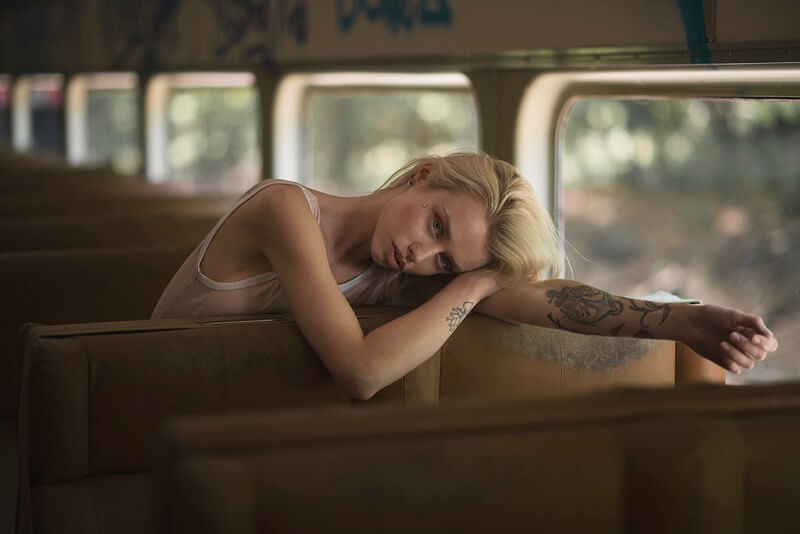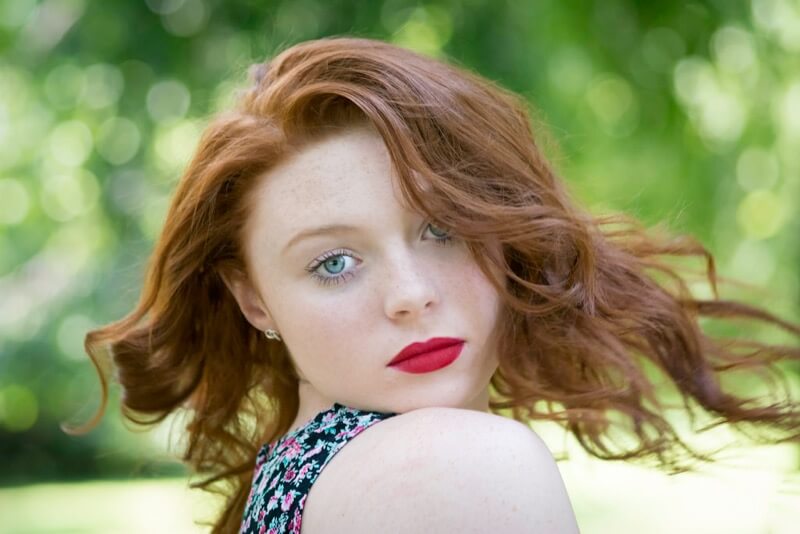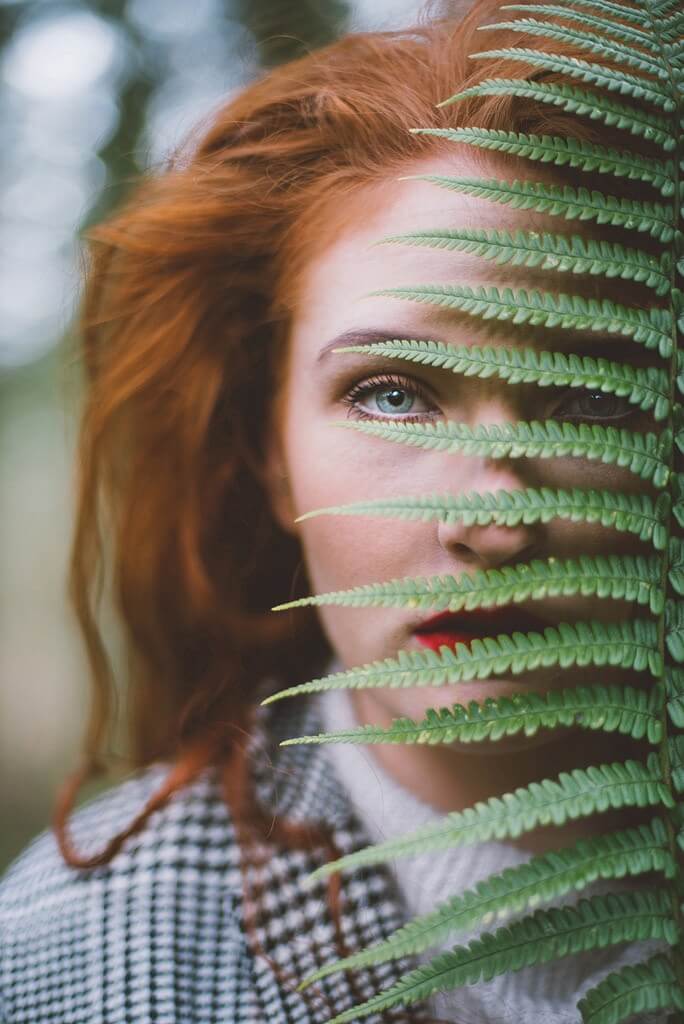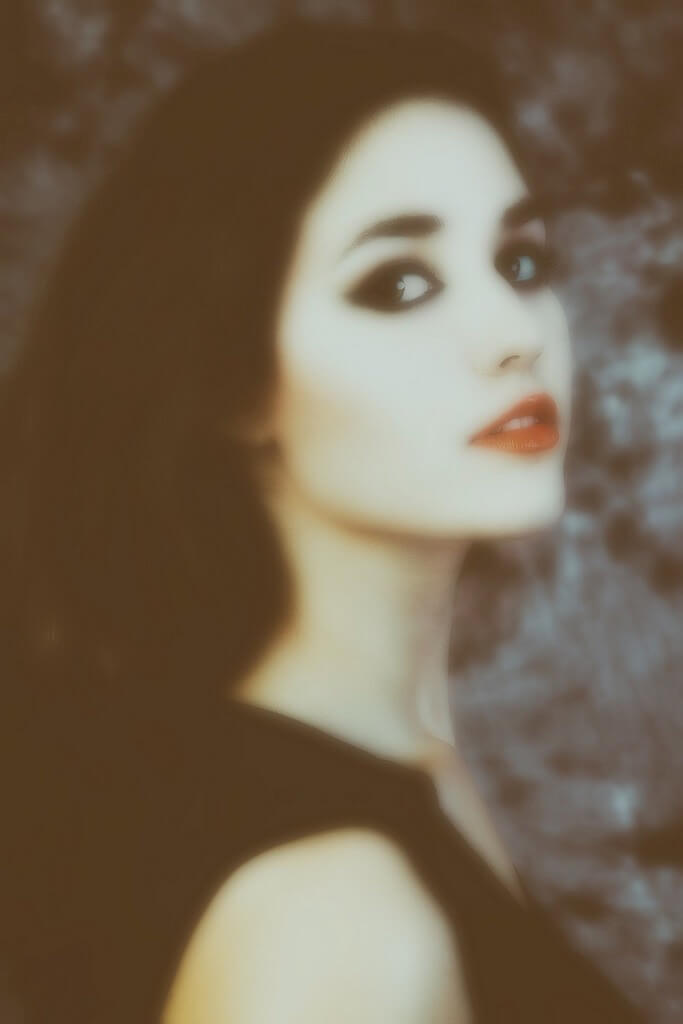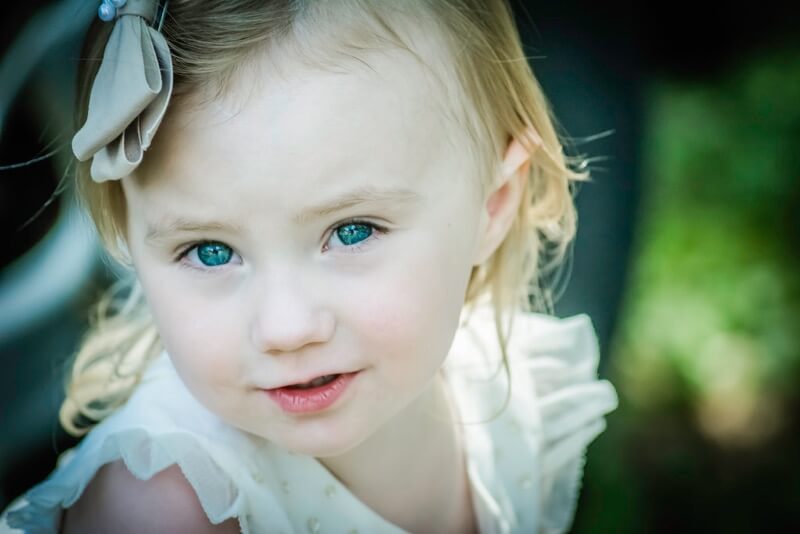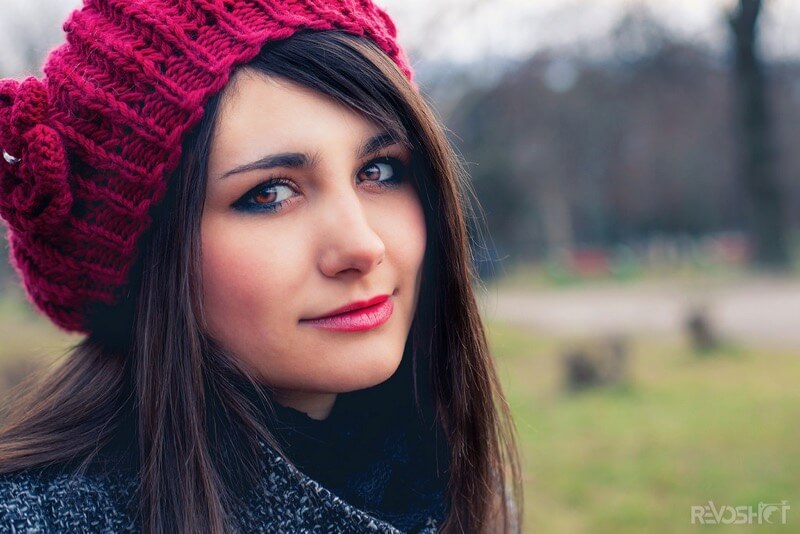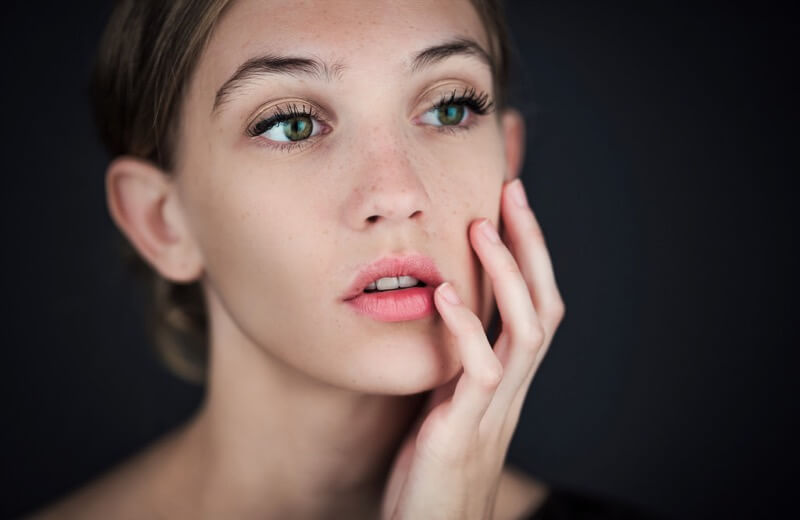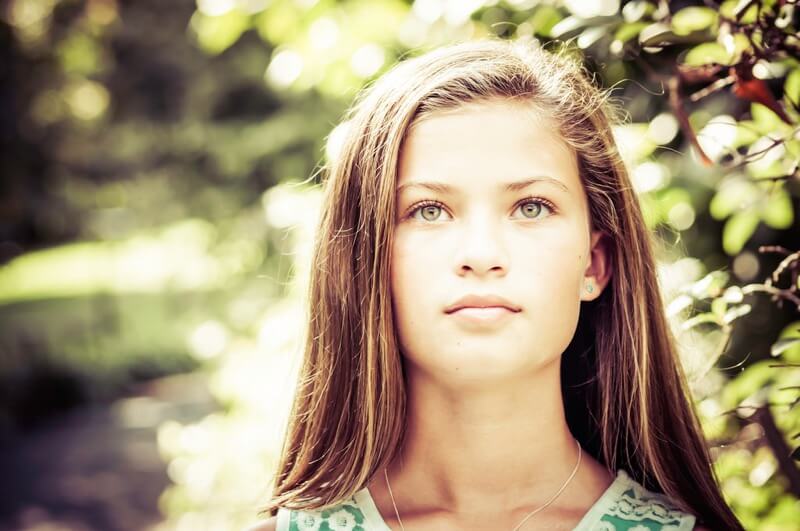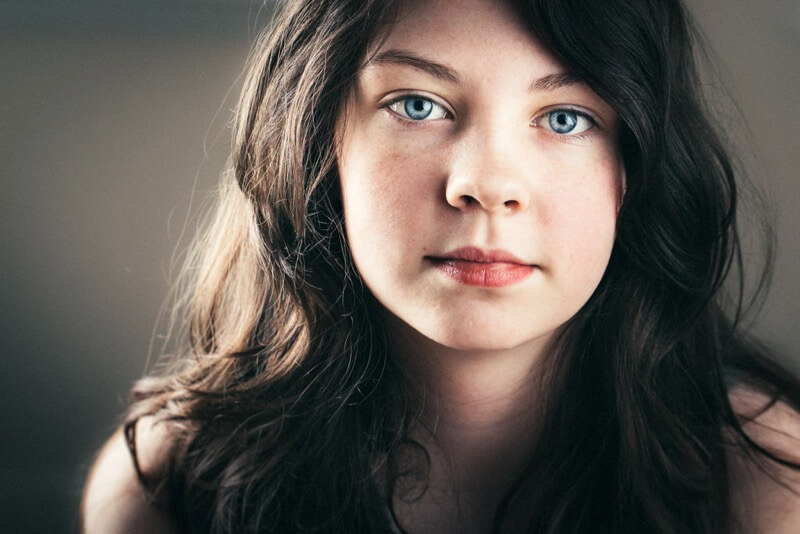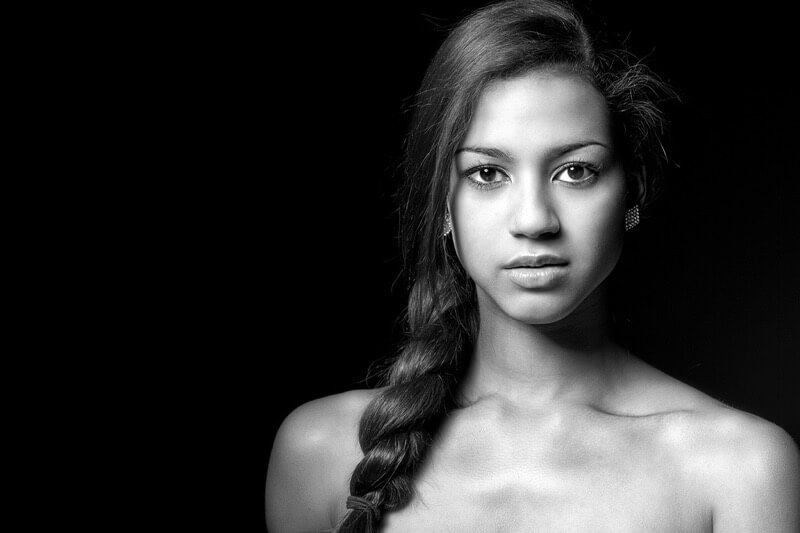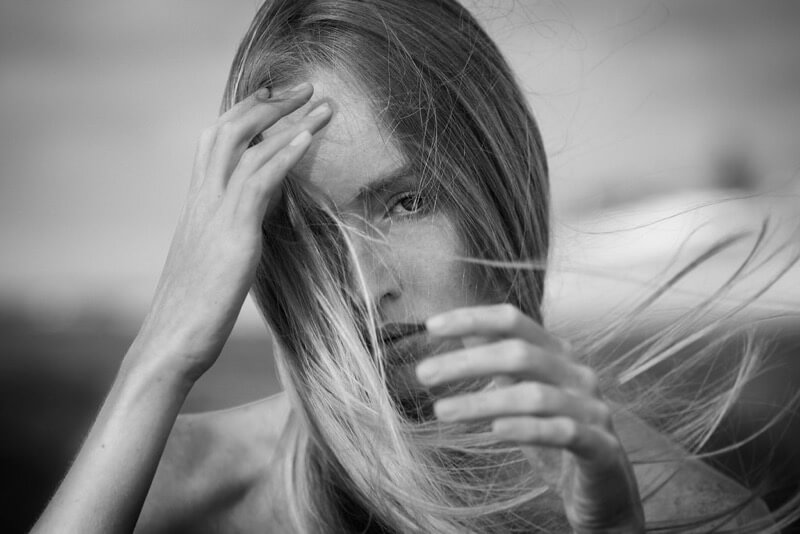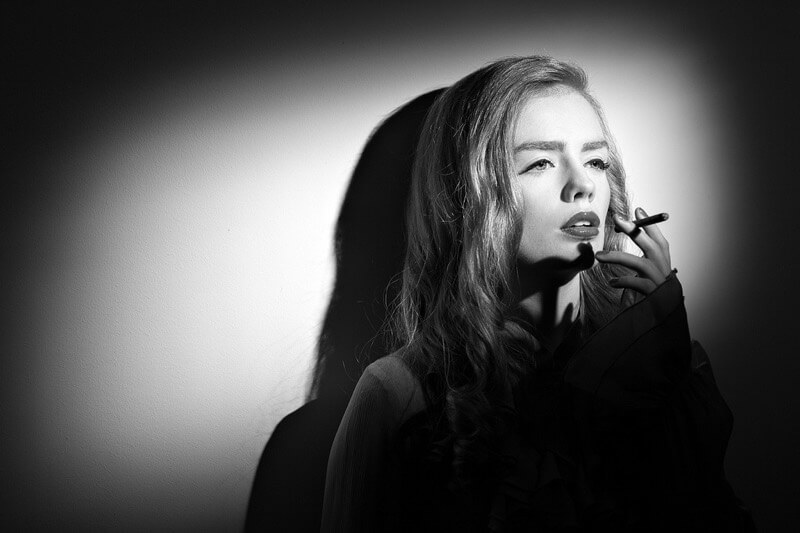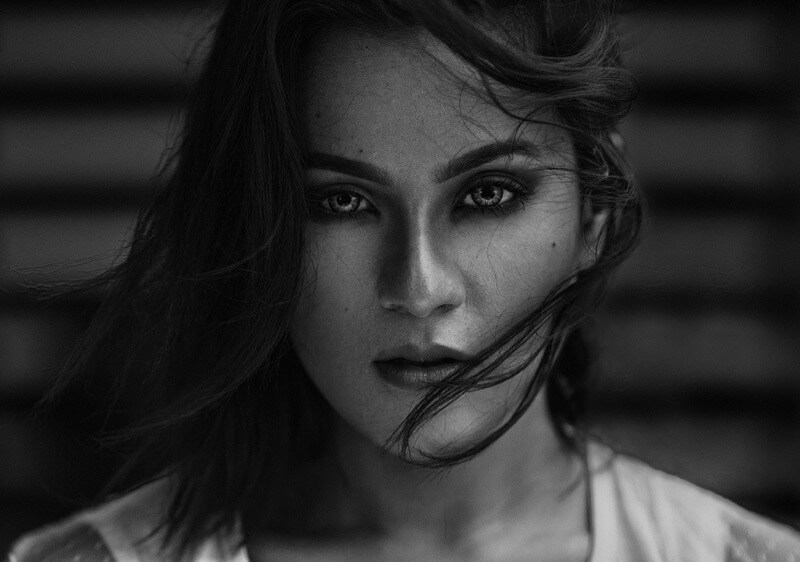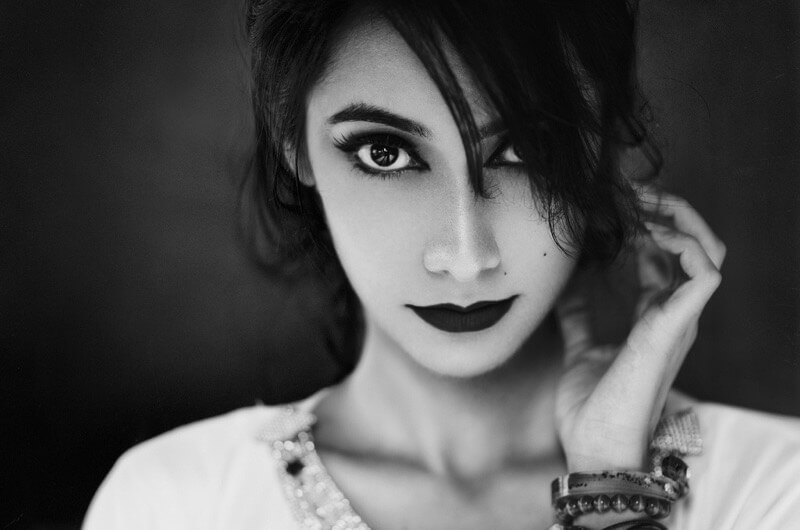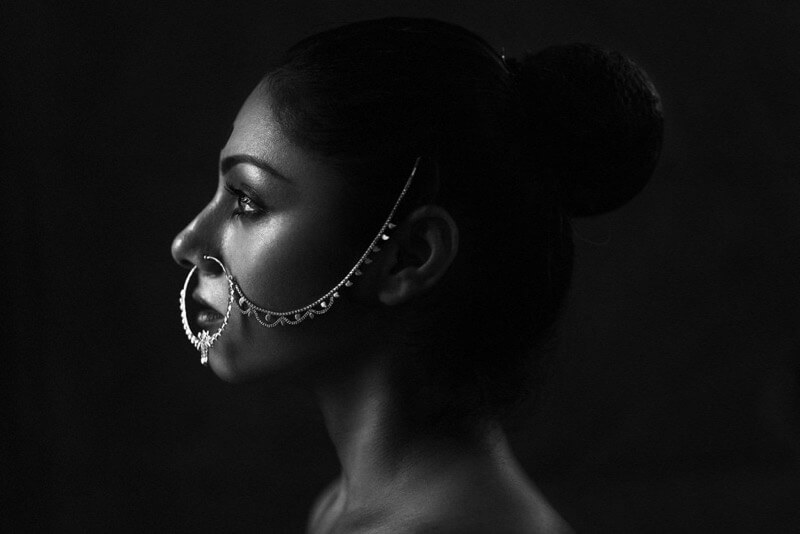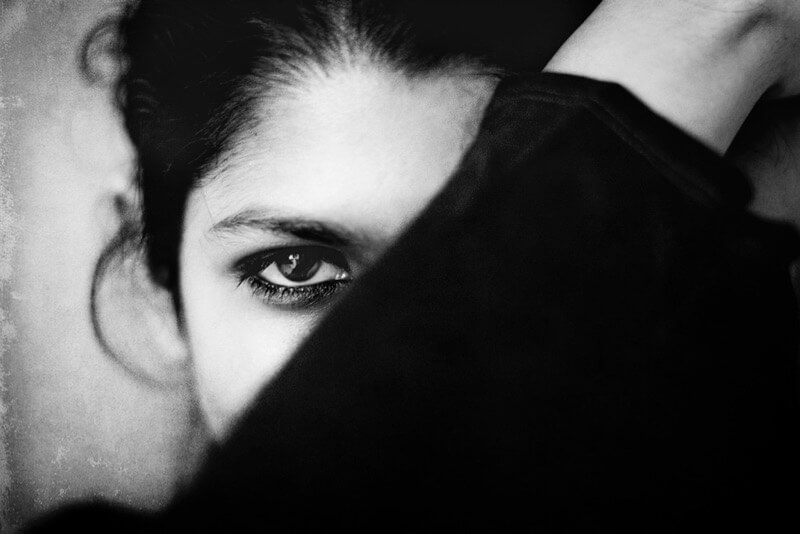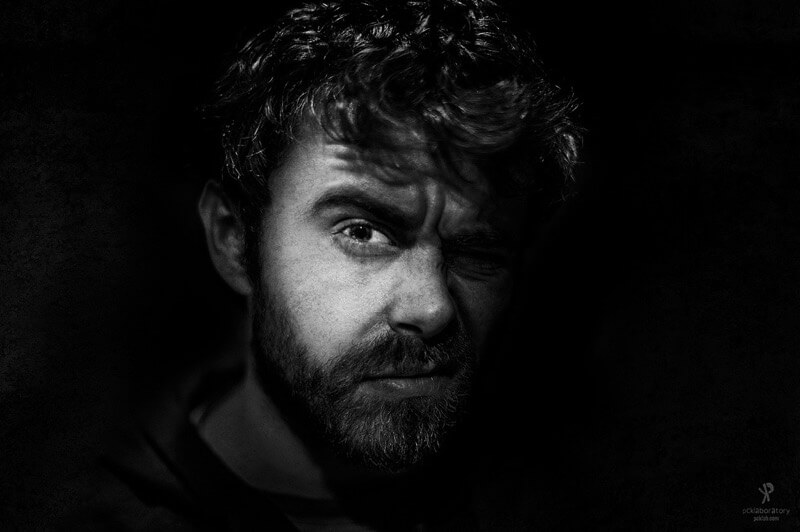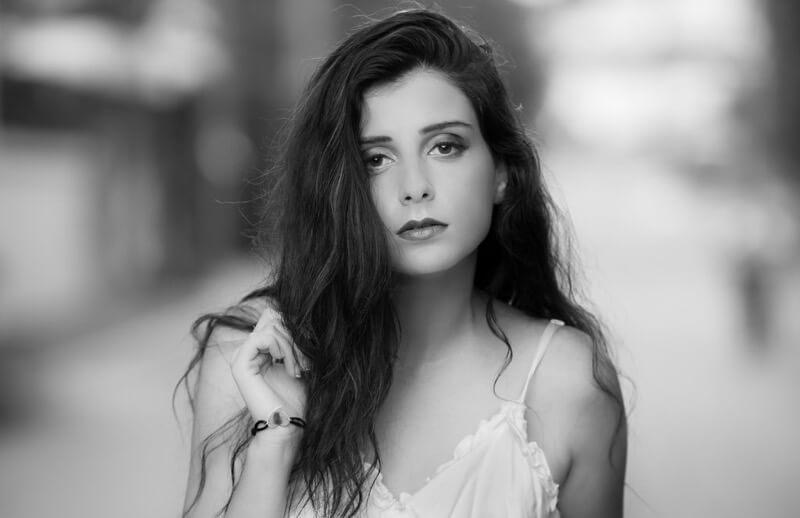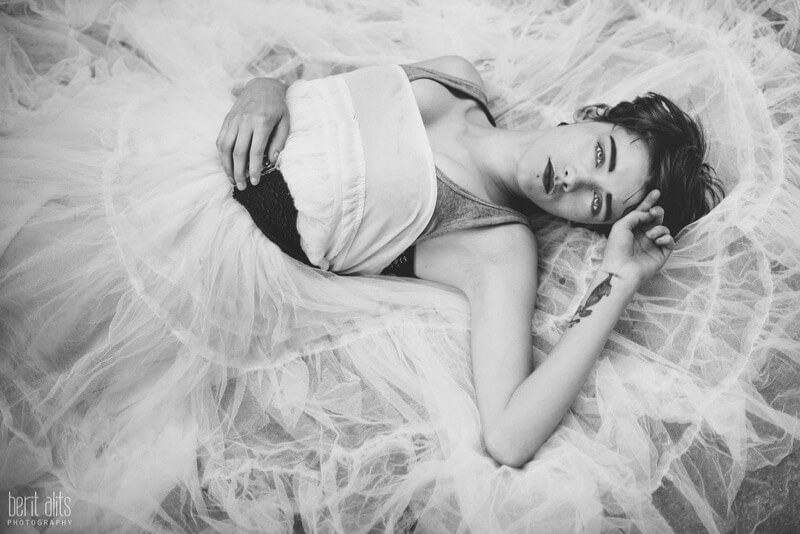Portrait photography is a wide genre, including everything from heart-warming family portraits to surreal conceptual photos. For this post, however, we’re focusing on realistic portraits of individuals. These are the kind of portraits that allow many professional photographers to earn a living. They’re simple yet difficult to master, natural yet unique.
The portraits below can inspire you with their beauty, but inspiration will only get you so far. For striking portraits, you also need good techniques and strategies. You can start by reading through the following tips:
5 Helpful Portrait Photography Tips
These basic, quick-to-read tips can help you rethink the way you’re approaching portraits. While they’re not in-depth or technical, they might be all you need to get out of a rut.
4 Tips for Perfect Portrait Posing
These tips focus on the art of posing models, a key part of portrait photography. If you struggle with portrait posing, you can glean some useful ideas from these tips.
10 Wedding Poses for Natural Photos
Trying to memorize a batch of poses for each new session is futile for a couple reasons: 1) it doesn’t help you understand why a pose looks good or not; (2) the poses you memorize may not flatter your clients. This guide will teach you five foundation poses as well as five action-oriented poses, all of which include tips and pointers on what to look for to make each pose work the couple you’re photographing.
15 Professional Photographers Share Their Portrait Photography Advice
Like any field of work, professional photographers have different approaches and opinions. That’s why we decided to ask 15 portrait photographers for advice, and not just one or two. You can get the full range of strategies here to help you hone your own style.
35 Helpful Photoshop Post-Processing and Photo Editing Tutorials
Photoshop is an invaluable tool for professional portrait photographers. It allows you to correct small flaws and highlight your model’s beauty, leading to happy clients. These free Photoshop tutorials can give you a good foundation of knowledge for editing your portraits.
Your overall strategy will also partly depend on what kind of portrait you’re taking. In professional portrait photography, you’ll probably experience all three of these situations: portraits on location, close-up portraits, and black-and-white portraits.
Portraits On Location
While studio portraits offer more control, you can capture more of your model’s personality by shooting on location. Going out somewhere opens up all kinds of possibilities. But if you’re trying to capture photos that reflect your model’s personality and interests, discover what they love first before you start planning the shoot. Then, choose locations that would be meaningful to them and reflective of who they are.
Almost any location could work for portraits, as long as your model is still the most interesting part of the shot. If you’re shooting somewhere busy, like a city, try to find a secluded place that still captures the vibe of the location, like a peaceful side street or city park. If your location is someplace epic, like a huge waterfall, you’ll need to be especially careful how you compose your shots. You want viewers to notice the model first, and not the waterfall.
Similarly, be careful with vivid colors, bright spots, and high contrast in the background. These striking backgrounds could draw the viewer’s eyes away from the model. For instance, if you’re shooting in a flower garden, try to find white flowers or another neutral background to shoot against. Or shoot a close-up with the background blurred. This will ensure that the portrait’s emphasis stays on your model.
Federica Giordano – Where words fail Music speaks.

Arianna Ceccarelli – Wild Flower
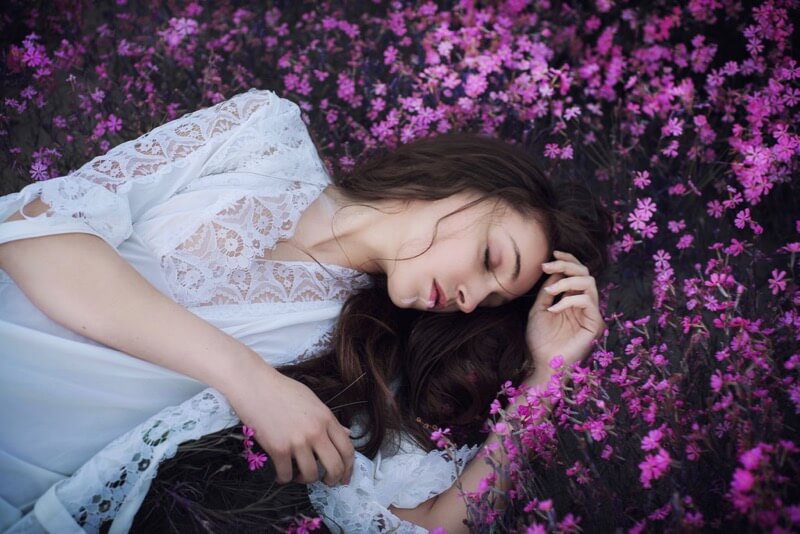
Malgorzata Kapustka – … August …

Steven Ritzer – The Soul of Woods
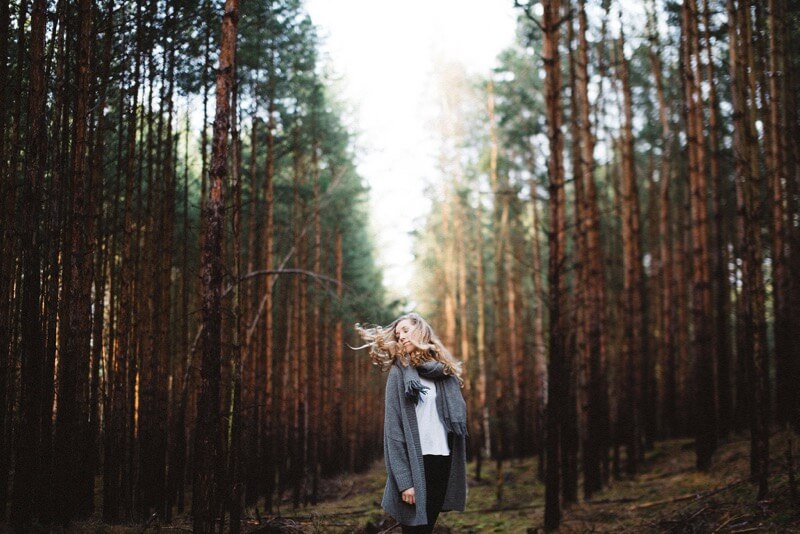
Close-Up Portraits
Close-ups are the most personal type of portrait, letting viewers get a close look at the model’s face and eyes. Depending on your model, this intimate perspective can be either liberating or nerve-racking. If your model is insecure about their clothing or body, they may appreciate the focus on their face. But more often, models feel nervous and uncomfortable during close-ups. They might become suddenly self-conscious of their wrinkles, acne, big nose, or whatever other “imperfections” they don’t like.
For this reason, it’s crucial to help your models feel relaxed before you start shooting close-ups. For example, you can talk about subjects they love and create an atmosphere that’s friendly and casual. The photo shoot should feel more like a conversation than a job or interview. If you build this rapport, the model will feel more at ease, leading to more authentic shots.
In addition, try to get shots that highlight your model’s best facial features. For instance, you can tilt their head up to highlight their mouth and lips, or turn their head to show off their cheekbones. The same concept applies to hide any flaws. While you can “correct” some blemishes in Photoshop, you’ll get better results if you have a flattering photo to begin with.
Regardless of how you pose your model, though, try to keep the focus on their eyes. Usually, a person’s eyes are their most striking feature. Even if they have another beautiful feature, like white teeth or a lovely jawline, the viewer will still want to see their eyes, the “windows to their soul.”
Serena Pirredda – Evoking You.
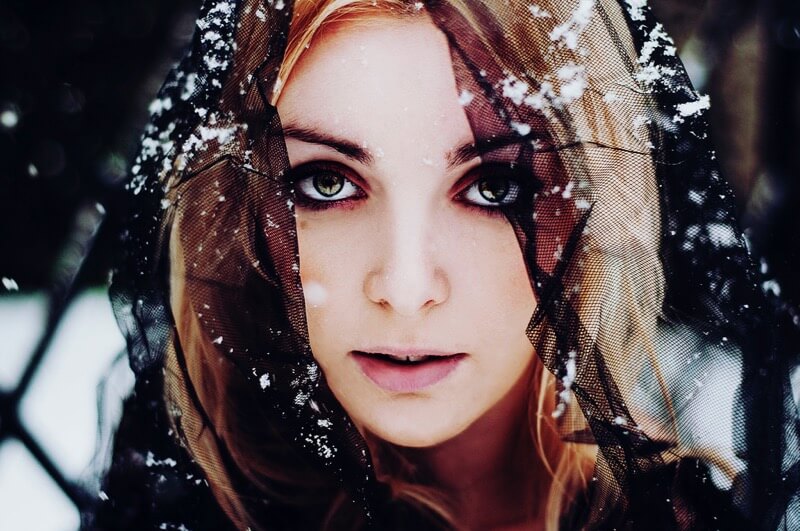
Black and White Portraits
By taking away the distraction of color, black and white photography opens up more possibilities for drama. Lighting, shadows, and textures become more intense. Every detail of your model’s face and clothing becomes obvious. Without color, your viewers can give their full attention to everything else.
Some photographers create black and white portraits only as an afterthought during post-processing. They might spontaneously decide to switch a color portrait into black and white, then discover they like the result.
However, the best black and white portraits are typically the result of good planning, not spontaneous post-processing. Experienced portrait photographers start the photo shoot already imagining what the photo will look like in black and white. With this mindset, they can position everything for a stunning black and white photo, right from the beginning.
Another mistake photographers sometimes make is thinking that they can “fix” a portrait by switching to black and white. In most cases, a bad portrait will be even worse in black and white, since every detail and flaw will be enhanced.
The only problem that you might solve with black and white is the presence of bright, distracting colors. For instance, if your model wants to look professional but has vivid green hair, you could use black and white instead of color to remove that distraction. But, again, this decision should be made ahead of time for the best results.
Federica Giordano – Twist and turn
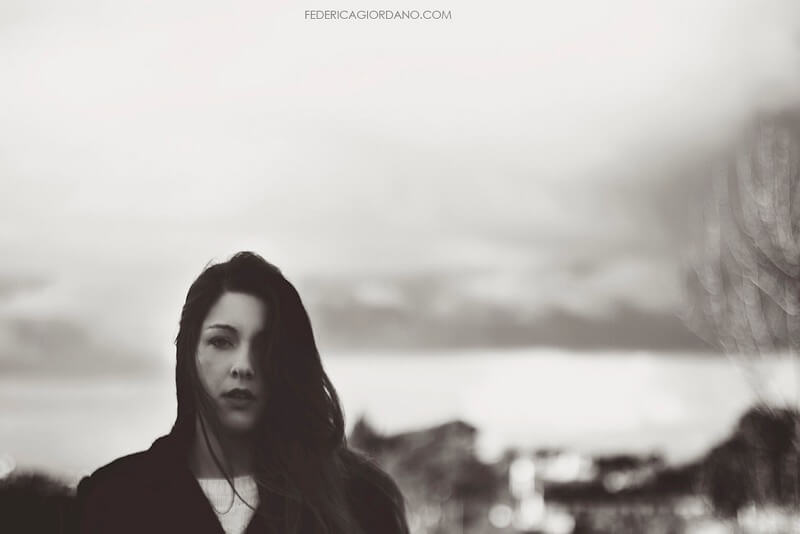
All of the above photos were selected from our fantastic Flickr community. Next time you take a stunning portrait, share it with the group so we can admire your work!
